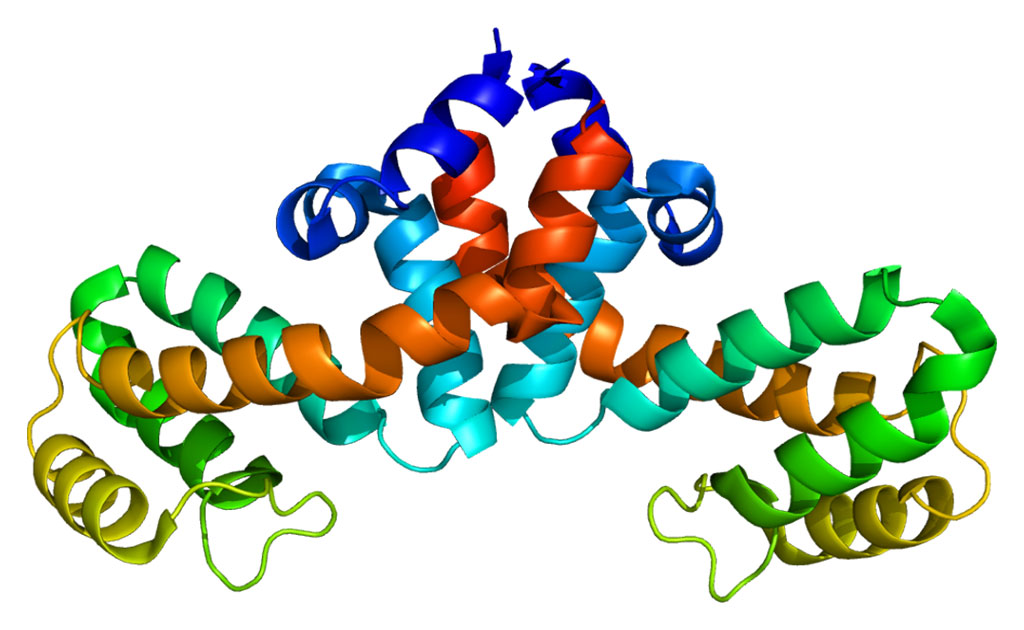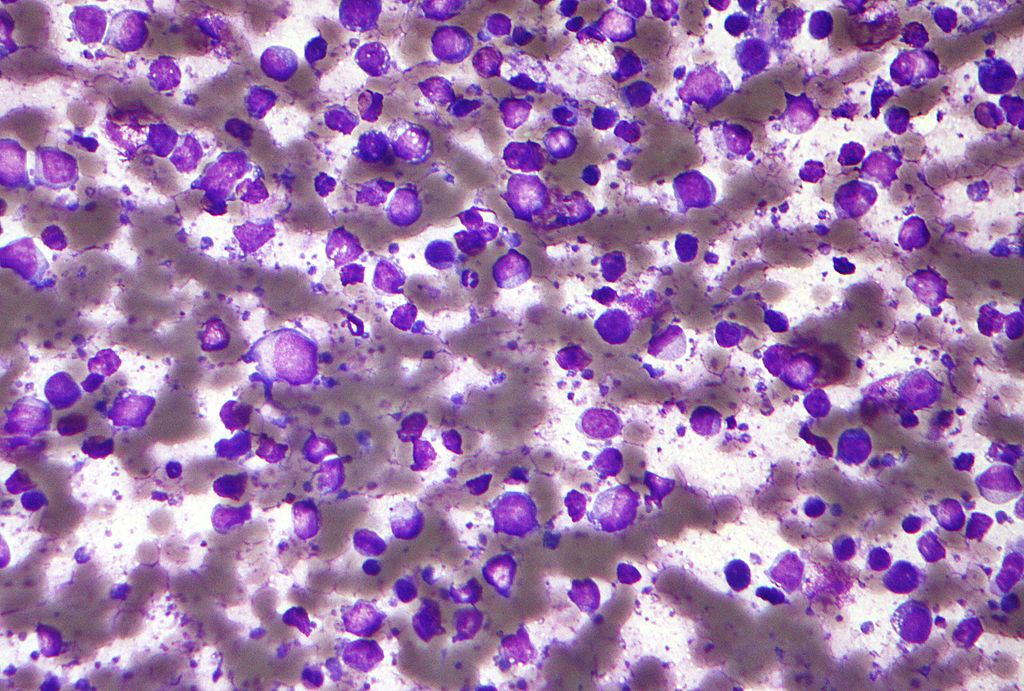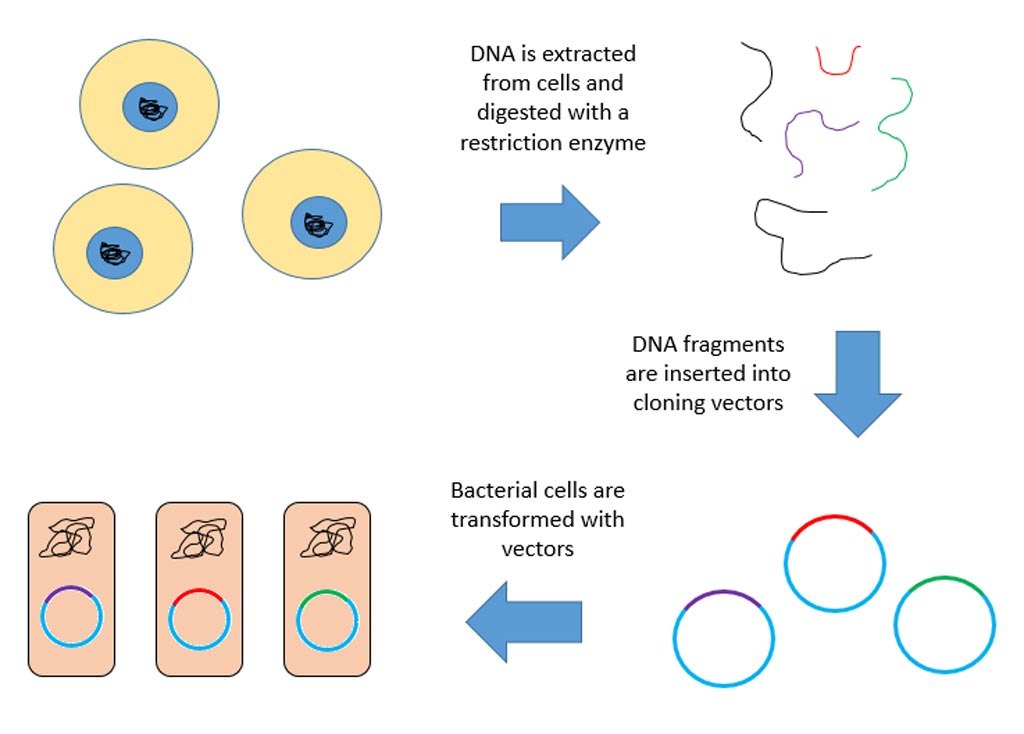A Kinase Unique to Certain Protozoan Parasites Is a Promising Drug Target
By LabMedica International staff writers
Posted on 16 Jun 2010
A calcium-dependent protein kinase (CDPK), with a pivotal role in the calcium-signaling pathway that is found in parasites such as Toxoplasma and Plasmodium but not in human tissue is an obvious target for drug developers.Posted on 16 Jun 2010
These parasites are included in the phylum Apicomplexa, a large group of protozoans most of which possess a unique organelle called the apicoplast and an apical complex structure involved in penetrating a host's cell. They are unicellular, spore forming, and exclusively parasites of animals. Motile structures such as flagella or pseudopods are absent except in certain gamete stages. This is a diverse group including organisms such as coccidia, gregarines, piroplasms, haemogregarines, and plasmodia. Diseases caused by apicomplexan organisms include, but are not limited to babesiosis (Babesia), malaria (Plasmodium), cryptosporidiosis (Cryptosporidium parvum), cyclosporiasis (Cyclospora cayetanensis), isosporiasis (Isospora belli), and toxoplasmosis (Toxoplasma gondii).
Investigators at the Washington University School of Medicine (St. Louis, MO, USA) focused on the Toxoplasma gondii calcium-dependent protein kinase 1 (TgCDPK1), an essential regulator of calcium-dependent exocytosis in this opportunistic human pathogen. Calcium-regulated exocytosis is a ubiquitous process in eukaryotes, whereby secretory vesicles fuse with the plasma membrane and release their contents in response to an intracellular calcium surge. This process regulates various cellular functions such as plasma membrane repair in plants and animals, the discharge of defensive spikes in Paramecium, and the secretion of insulin from pancreatic cells, immune modulators from lymphocytes, and chemical transmitters from neurons. In T. gondii the enzyme controls the ability of the parasites to secrete microneme proteins, which are components of specialized secretory organelles important for gliding motility and host cell invasion.
Results published in the May 20, 2010, issue of the journal Nature and in the May 2010 issue of the journal Nature Structural and Molecular Biology revealed that conditional suppression of TgCDPK1 interfered with microneme formation, resulting in a block of essential phenotypes including parasite motility, host-cell invasion, and egress. Since this kinase family is absent from mammalian hosts, it represents a validated target that may be exploitable for chemotherapy against T. gondii and related parasites.
Related Links:
Washington University School of Medicine













